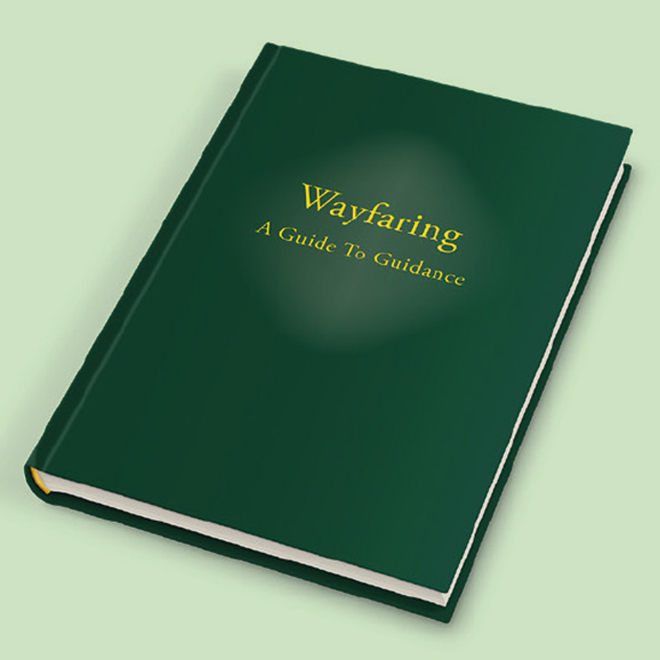Photo: Excerpt from the Blackburn Sampler.
1723 needlework at Quaker Tapestry Museum
'We cannot wait to put it on display for the public.’
The Quaker Tapestry Museum has bought a historic Quaker embroidery sampler dating back to the eighteenth century.
